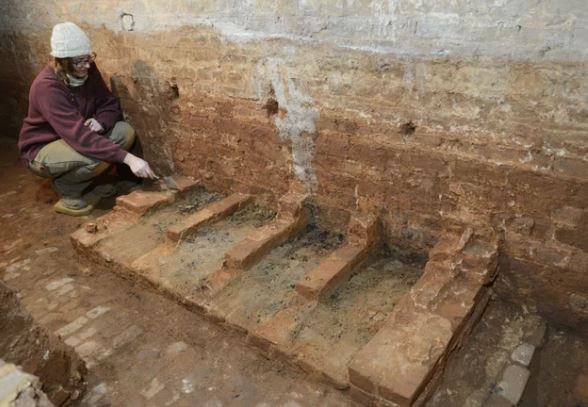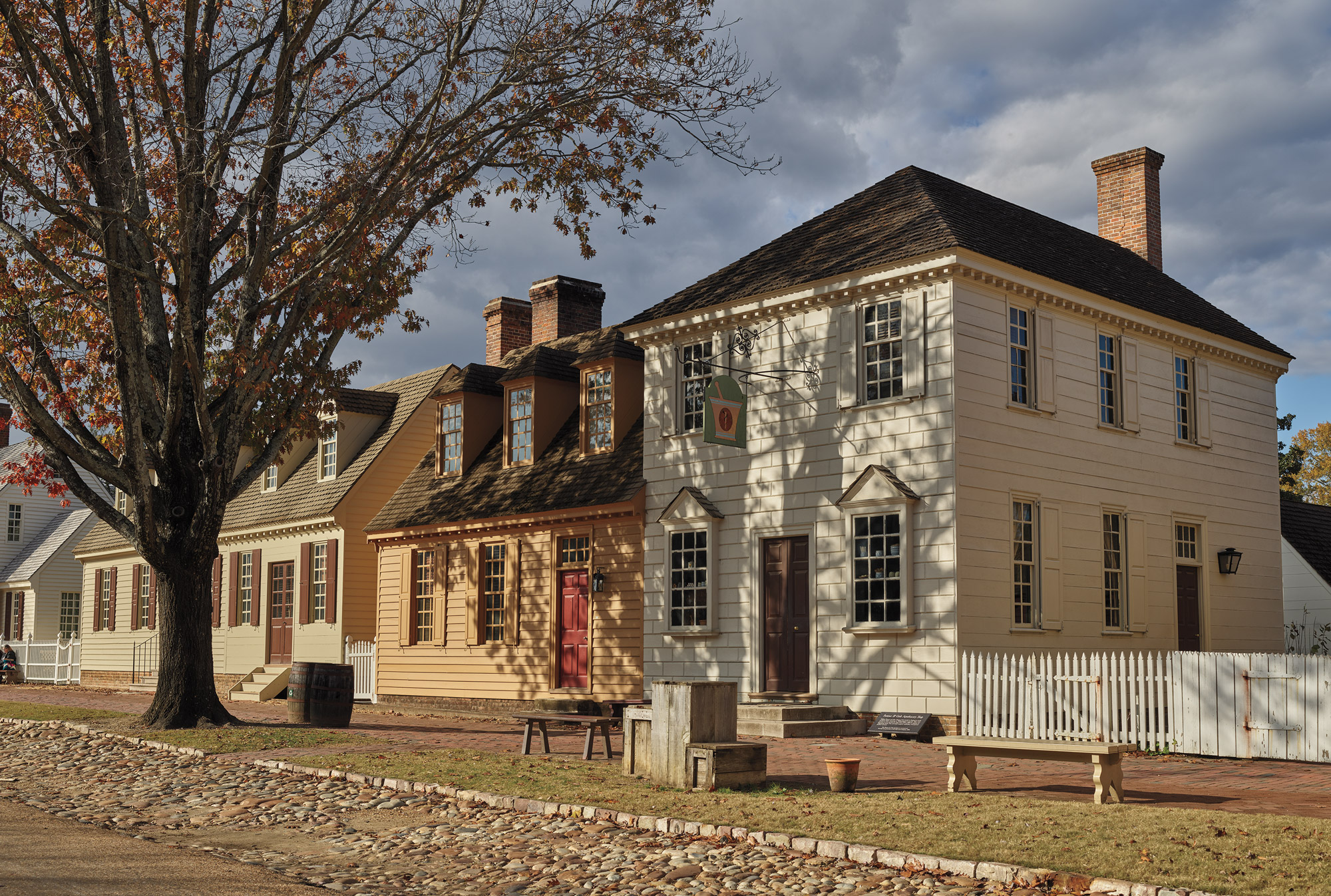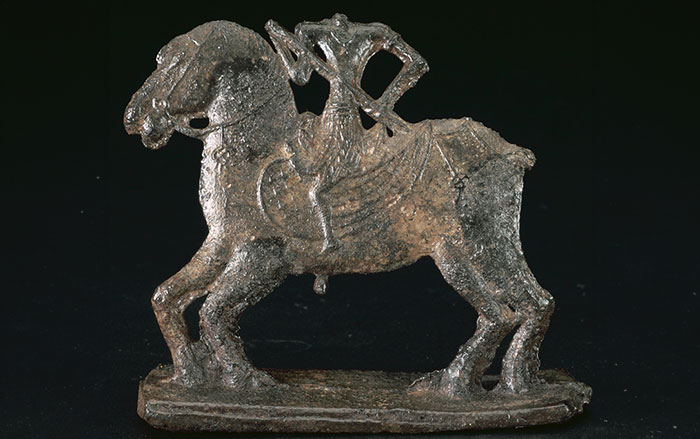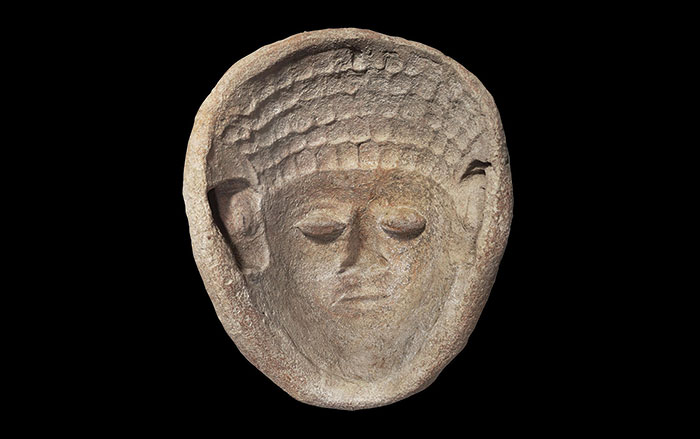
CHARLOTTESVILLE, VIRGINIA—Live Science reports that the clean-out areas for four brick stoves in a cellar at Monticello’s South Pavilion have been linked to James Hemings, an enslaved chef who cooked for Thomas Jefferson. Jefferson and his wife, Martha, lived on the upper floors of the South Pavilion while the main house was under construction. In the early nineteenth century, the cellar was converted into a washhouse, and in the twentieth century, it was repurposed as visitor bathrooms. It has only recently been investigated by archaeologists, who recovered animal bones, toothbrushes, ceramics, glass bottles, and beads in the fill. Field research manager Crystal Ptacek said that in the eighteenth century, the stoves would have stood about waist high, and could have accommodated multiple pans cooking over low heat. Hemings is thought to have learned to use such stoves in France, in order to cook the multicourse meals favored by the wealthy, while Jefferson was U.S. minister to France from 1784 to 1789. The kitchen is one of the “really rare instances where we can associate a workspace and artifact with a particular enslaved individual whose name we know,” explained Fraser Neiman, director of archaeology at Monticello. For more on archaeology at Monticello, go to “Close Quarters.”











